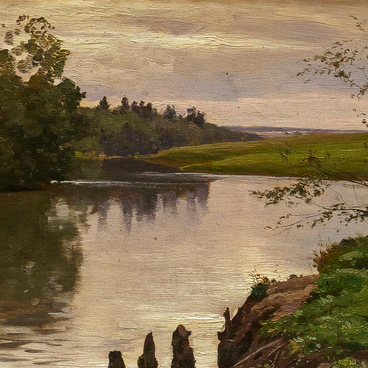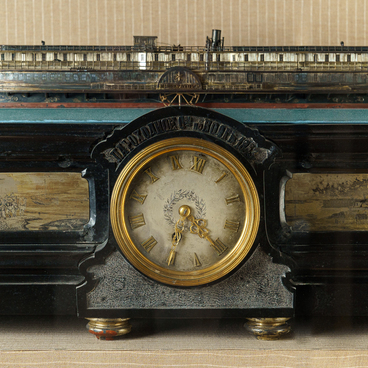Window moldings are architectural features that decorate windows. Their primary purpose is to cover the gap between the window frame and the wall.
The origin of window trimming can be traced back to the 15th century. This tradition reached its peak popularity in the second half of the 19th century. Aside from their practical function of protecting windows from drafts and bad weather, moldings in earlier times also served as amulets. Decorative wooden trims were often adorned with intricate carved patterns, including geometric shapes such as rhombuses, triangles, lines and circles, as well as images of plants, animals, and trees.
A symbolic representation of the unique Russian worldview is evident in the design of windows. At the top, there is the sky, which, in Slavic belief, is divided into two levels: the “lower sky, ” referred to as “heavenly wet mud, ” and the “higher sky”, known as the “heavenly firmament.” The heavenly wet mud, symbolizing soil fertility and life-giving water, is depicted as a wavy line or distinct semi-circles and can “flow” down along the edges of the window, represented in the form of rain drops. The lower portion of the wooden frame is meant to represent the firmament, and thus often features images of a plowed and sown field, depicted diamond shapes with dots within and double-crossing stripes. The sides of the window trim are referred to as “towels.”
People reflected the image of the universe in such decorative carvings and “enchanted” prayers to higher powers within them. However, over time, these carved decorations lost their magical significance, transforming into mere décor. By the 19th century, carvers no longer considered the magical properties of wooden motifs. Craftsmen simply copied the patterns created by their ancestors.
In the latter third of the 19th century, Russia saw a surge in the number of talented woodcarvers. These carvers were skilled in ax work and had previously decorated Volga River vessels. With the advent of steamships, wooden vessels were phased out, leaving high-end craftsmen to pursue new opportunities. Thus, a 30-year era of ornate wooden window moldings began in Russia.

